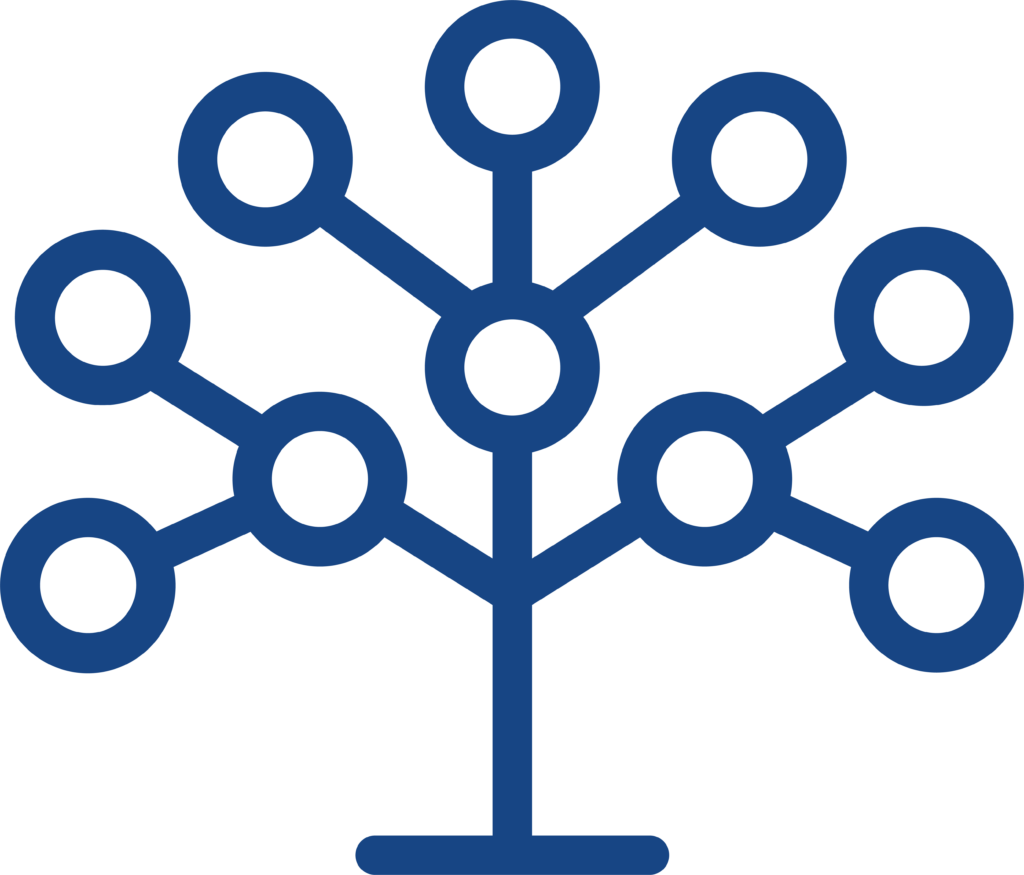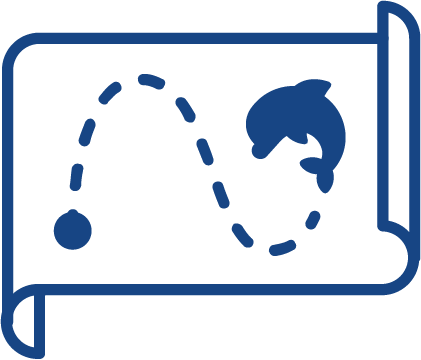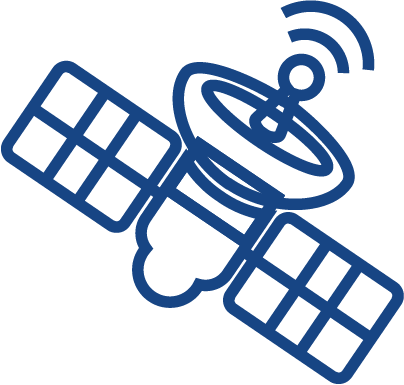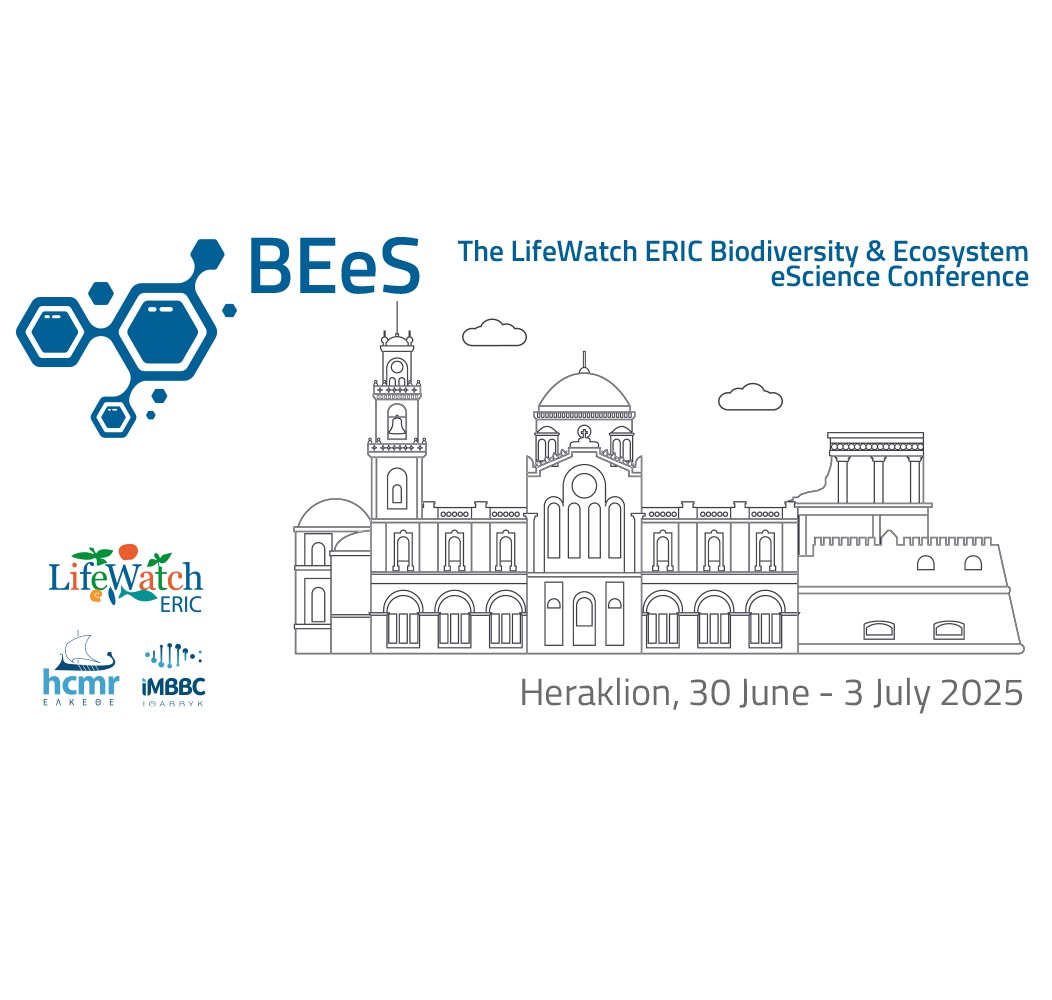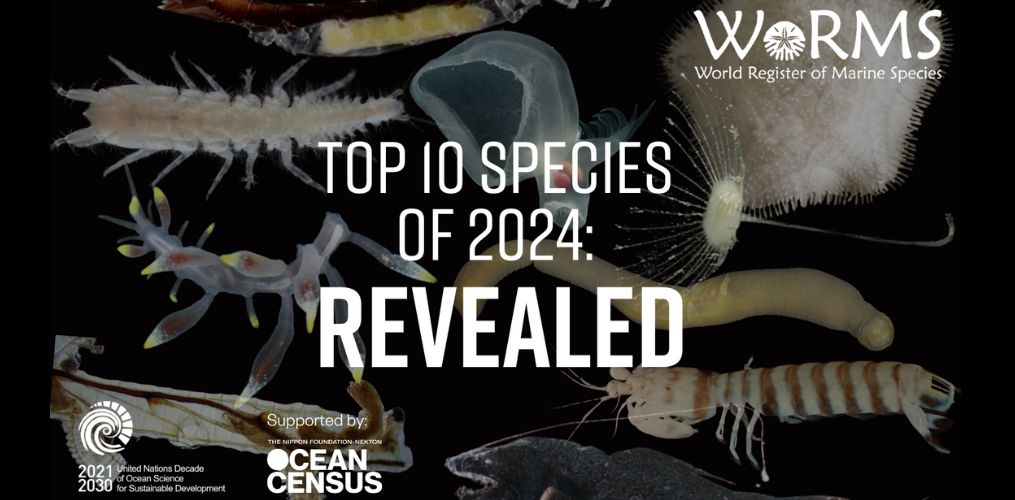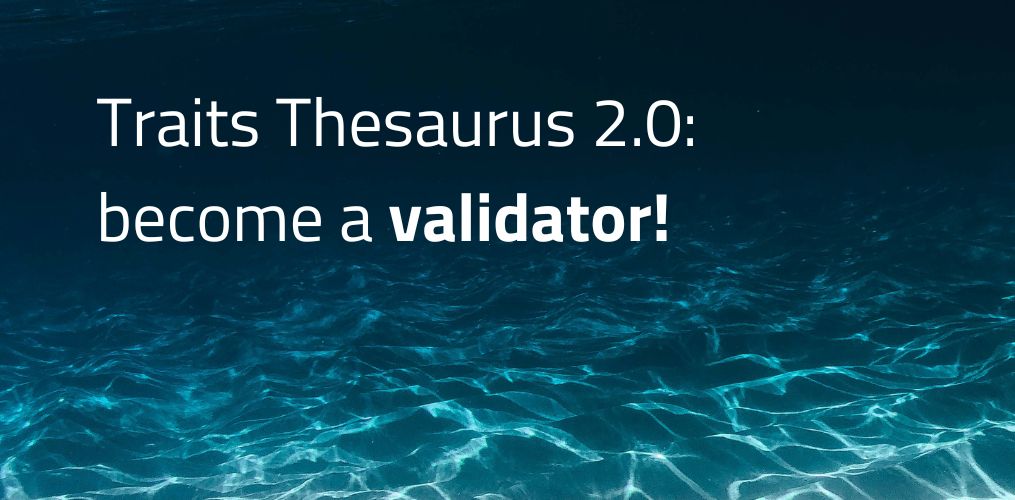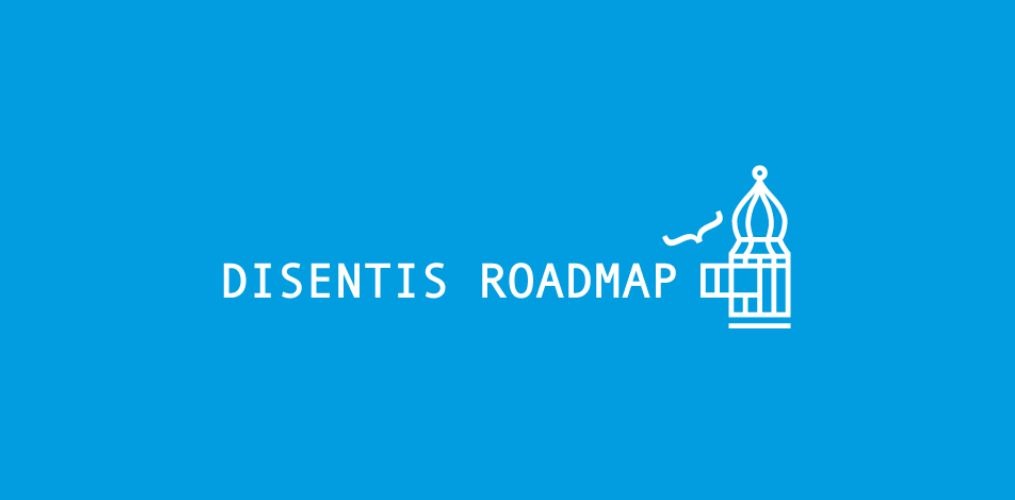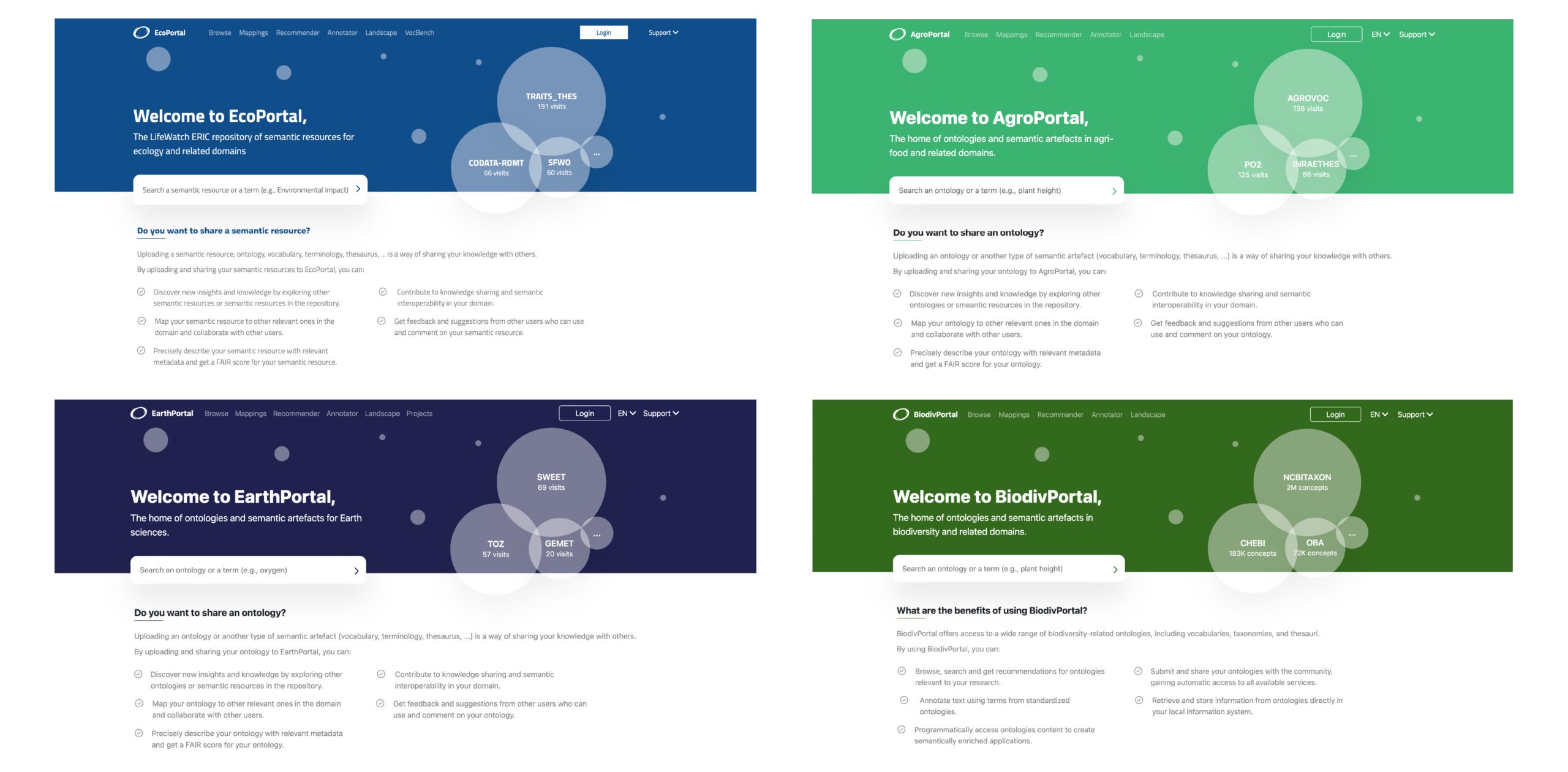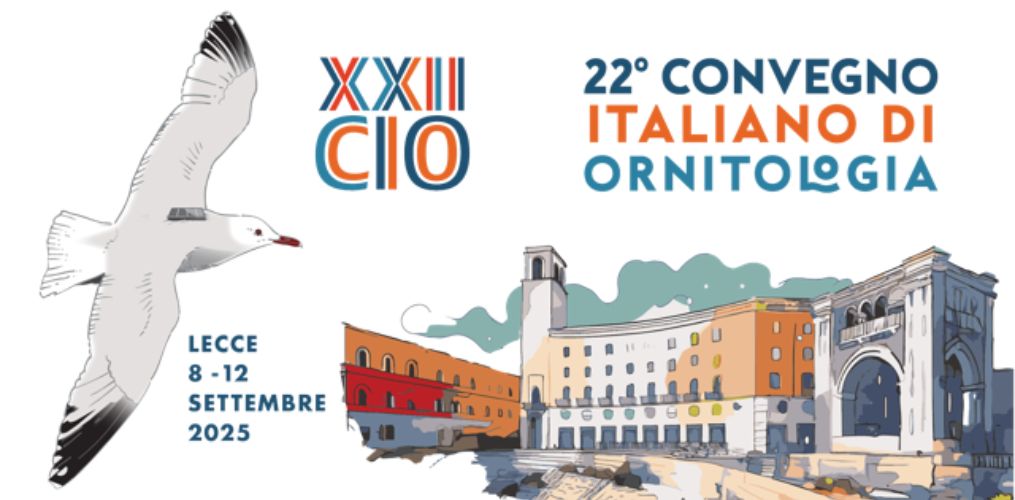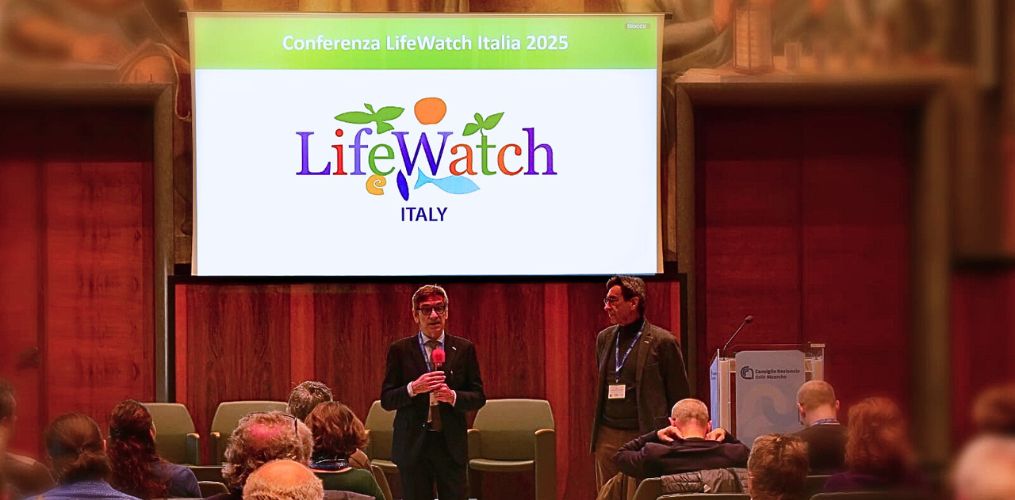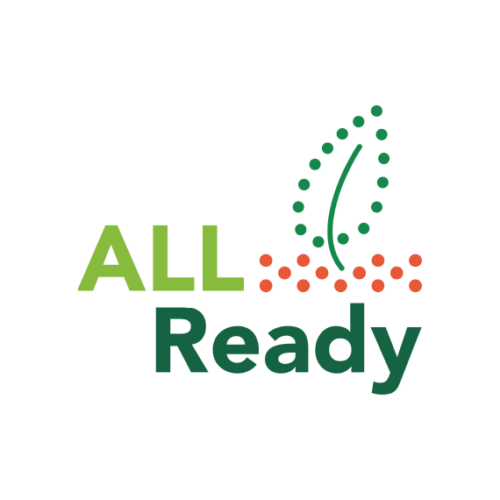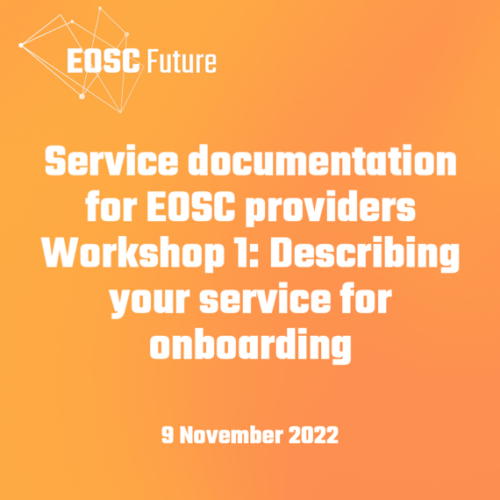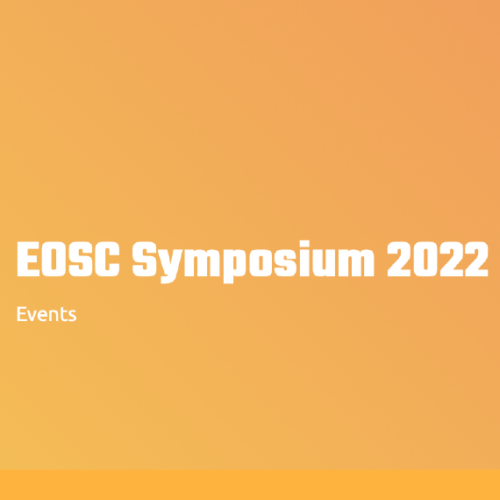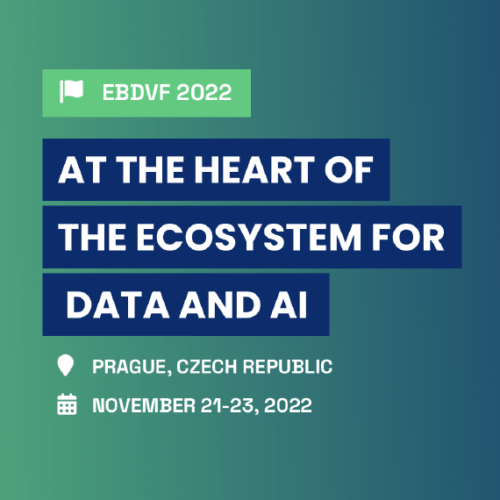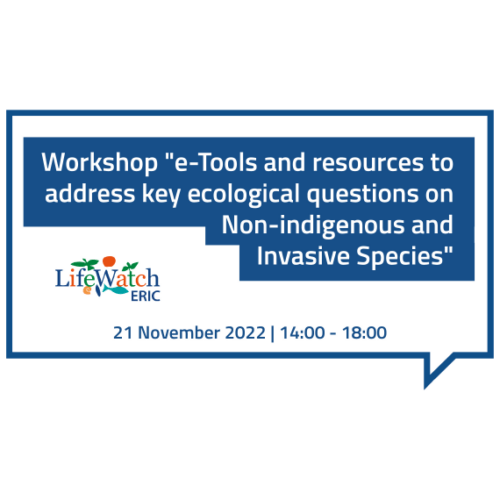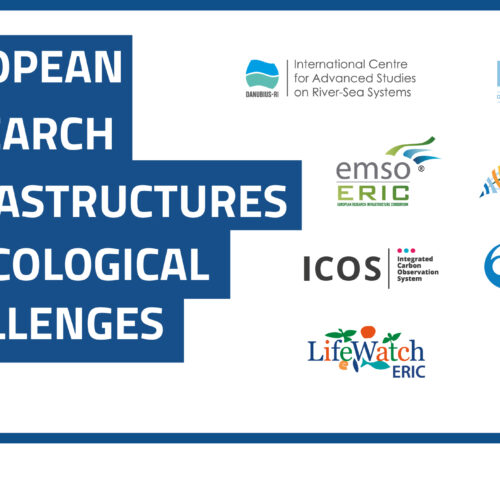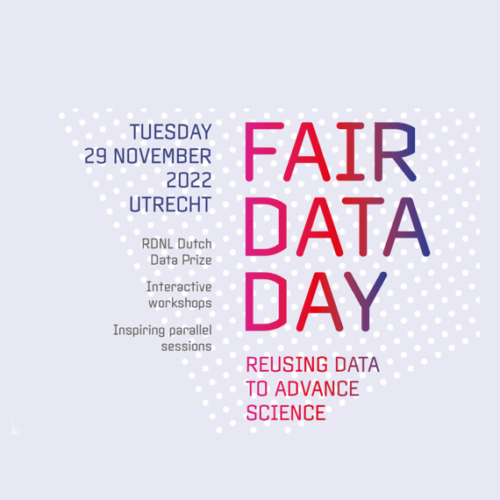Researchers
Home | Researchers
What we offer to researchers
LifeWatch ERIC tackles the constraints affecting biodiversity and ecosystem research, such as the pressing need for increasingly diverse data, larger and more advanced models, open data and open science clouds, making it possible to explore new frontiers in ecological science and support society in addressing planetary challenges.
You can use LifeWatch ERIC services, VREs and tools into the MyLifeWatch environment. Click here to access it.
Click these icons to thematically browse LifeWatch ERIC services.
Ecological Responses to Climate Change
Taxonomy
Animal Movement and Biologging
Biogeography
Biodiversity Observatory Automation
Habitat Mapping
Coordinate Reference Systems
Data Management
Environmental Monitoring
Functional Traits
Metagenomics
Modelling
Semantics
Networking
Join our Community
On our research community portal you can find job opportunities from our projects, working groups, events, and much more.
Most importantly, you can connect with other researchers in your field from around the world and search for people with the skills you need.

Thematic Services Working Groups
Activities, developments and physical outcomes of the LifeWatch ERIC Thematic Services, as e-Services, Virtual Labs (vLabs) and more complex and complete Virtual Research Environments (VREs), are planned to be implemented by Thematic Service Working Groups participated by scientists from both the National Distributed Centres and the Common Facilities, with an overall coordination of the LifeWatch ERIC Service Centre.

Habitat Mapping

Featured podcast
Climate change is already having profound impacts on ecosystem functioning and services, while affecting living organisms and contributing to biodiversity decline.
Citing LifeWatch ERIC
When and how to cite LifeWatch ERIC in a research output such as a scientific publication?
This section guides you through the different cases in which you have to cite LifeWatch ERIC and provides you guidelines on how to do so.
The checklist shows you when it is necessary to cite LifeWatch ERIC or any member of its staff, while in the box of your right you will find details on how to do it case by case.
Should you still have questions or doubts, or you don’t find a solution applicable to your case, do not hesitate to write to communications[at]lifewatch.eu.
- If you are staff member of LifeWatch ERIC or of a National Distributed Centre (Belgium, Bulgaria, Greece, Italy, Netherlands, Portugal, Slovenia, Spain)
- If LifeWatch ERIC staff contributed to any aspect of the research
- If you have used any LifeWatch ERIC tools, services or VREs to carry on your research
- If your work was financially supported by LifeWatch ERIC
Make sure to mention LifeWatch ERIC in your affiliation.
TIP: Please also note that some harvesting systems for publications only search in fields like title, whenever you can, please add LifeWatch ERIC therein for a better result.
Make sure to add at least LifeWatch [Country] to your affiliation.
Please get in touch with your national distributed centre for any further specification.
TIP: Please also note that some harvesting systems for publications only search in fields like title, whenever you can add, please LifeWatch [Country] therein for a better result.
- If LifeWatch ERIC staff contributed substantially to any aspect of the research, they should be considered as co-authors, or;
- when their contributions do not warrant co-authorship, their support should be mentioned in the Acknowledgement section as follows:
“We thank [staff name surname(s)] (LifeWatch ERIC) for [his/her/their] assistance with [describe tasks].”
All research outputs realised using LifeWatch ERIC services, tools and VREs which are subject to creative commons licenses (primarily cc-0 and cc-by), shall mention LifeWatch ERIC in acknowledgement as follows:
“This work has used the … [ name the data, tool(s) and service(s)] provided by LifeWatch ERIC.”
If your research work was financially funded or co-funded by LifeWatch ERIC please add in the Acknowledgement section:
“This research was financially supported by LifeWatch ERIC“
FAQs
Do you have questions regarding the organisation and functioning of LifeWatch ERIC?
Consult our FAQ.
LifeWatch ERIC is the e-Science European infrastructure for biodiversity & ecosystem research, investing in three essential components: open access resources, reproducible analytics and mobilised communities. It tackles the constraints affecting biodiversity and ecosystem research, enabling the exploration of new frontiers in ecological science and supporting society in addressing planetary challenges.
LifeWatch ERIC offers scientists access to data, web-services, VREs, workflows and training opportunities to support biodiversity and ecosystem research.
You can access all LifeWatch ERIC Resources through its MetaData Catalogue. Please open a ticket through our Help Desk to have the access granted.
You can share your research outputs by publishing metadata of datasets, services, VREs and workflows on the LifeWatch ERIC MetaData Catalogue. Please open a ticket through our Help Desk to have the access granted.
No, all LifeWatch ERIC resources are free of charge.
EcoPortal is one of our intiatives. In the last decade, ecological research groups and infrastructures have contributed to the definition and the production of core and domain ontologies as well as of vocabularies and domain-relevant reference lists.
In order to support the scientific community in the management and integration of these different approaches, LifeWatch ERIC has created EcoPortal, an online space designed to collect semantic resources and provide the necessary services for enabling discovery and interoperability.
LifeWatch ERIC envisages the creation of a repository for semantic resources with associated essential curation services.
LifeBlock is a Blockchain-based platform for engaging, tracking and securing biodiversity and ecosystem research resources worldwide, making use of anti-tampering, provenance and traceability e-Services to guarantee the availability of FAIR-compliant data. It allows for the analysis of multiple unstructured inputs from remote and in-field sensing, Remote Sensing-GIS datasets and original studies in order to produce value estimates.
Click here to access LifeBlock.
The Internal Joint and Collaborative Initiative (IJI) has been created in order to:
- Boost the integration of tools and services into the LifeWatch ERIC web portal;
- Focus on a major scientific issue in biodiversity and ecosystem research with relevant socio-economic implications in different fields;
- Produce the new and synthetic knowledge that is needed by institutions, administrations and managers to find solutions for major environmental problems on various scales;
- Involve the LifeWatch ERIC national scientific communities, key international research groups and other European research Infrastructures with related interests and running activities; and,
- Make this effort an example of the functioning of the LifeWatch ERIC e-Infrastructure through its dissemination and outreach activities.
The topic of non-indigenous and invasive species (NIS) has been chosen as the first demonstration case of the functioning of the LifeWatch ERIC e-Infrastructure. The development of virtual research environments within the e-Infrastructure help address some of the main issues on NIS in the field of ecosystem and habitat type vulnerability and in the context of climate change, as well as help highlight societal needs and potential solutions to be tested.
Training and support materials are available on our Training Platform. Please click and register to enrol in courses and browse our resources.
LifeWatch ERIC has its own Community Platform, where you can join and create working groups, browse our calls and submit opportunities on our board, as well as access our directory of scientific skills. Join the Community!
If you want to know more about LifeWatch ERIC or have general inquiries, please fill in the form in our Contact page.
If you want to have specific information about the tools, web-services, VREs, workflows and training opportunities check our Help Desk knowledge base, or open a new ticket.

